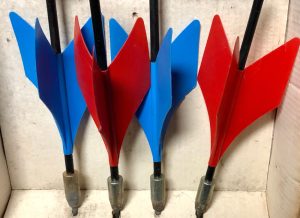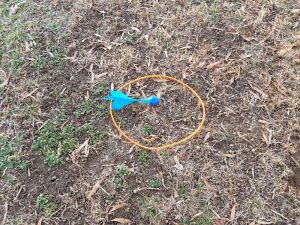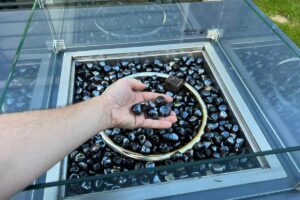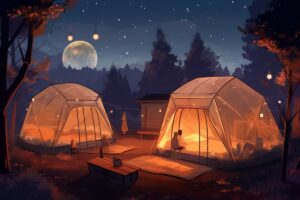If you have a large backyard and a roomy shed, the thought may pop into your mind that you could use it as accommodation.
After all, if you use your shed as an office or home gym, you’re probably spending a lot of time in there and a comfortable tiny home in your yard could be great for putting up guests or a lodger.
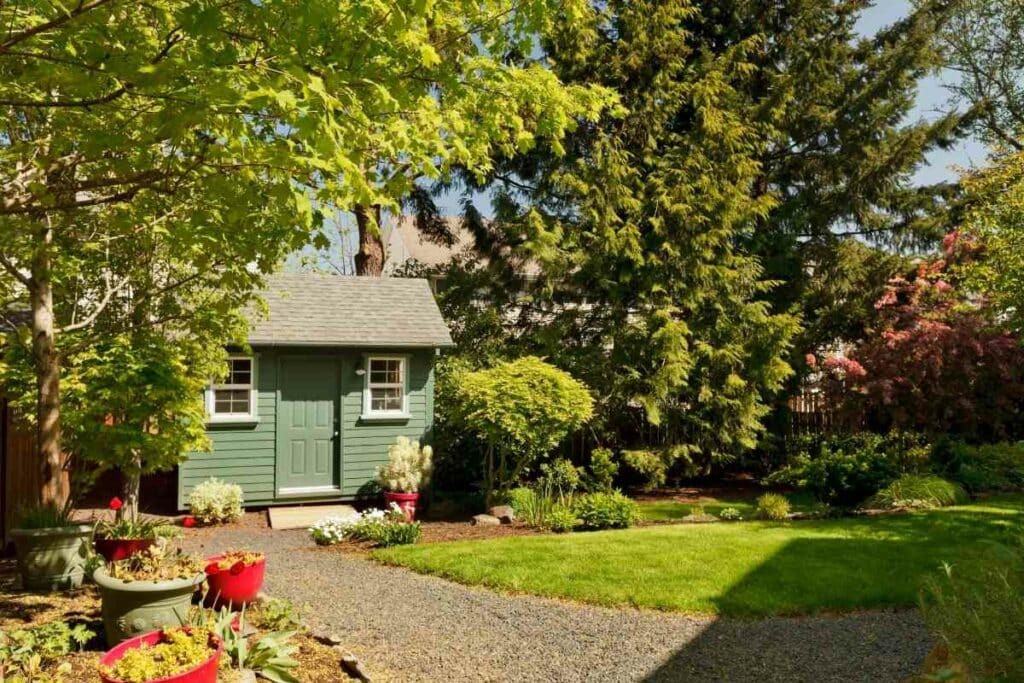
You may think it’s a free country and make plans to go ahead and use your shed as a dwelling. But you may have to pause or even abandon your plans.
Every state and municipality has zoning laws and HOA rules which may or may not allow you to legally live in a backyard shed.
In This Article – We’ll share if you can legally live in a backyard shed, and if you can, how you can create a livable dwelling in your yard.
Can you legally live in a backyard shed?
The desire to live in a shed in your backyard is certainly understandable.
The US has gone through a tiny homes/van-life revolution and more and more people are thinking about how they can make a home in less space.
Having a shed you can live in on your property would be great for:
- Adult children returning home (boomerang kids)
- An elderly relative who needs to be close to family
- Hosting out-of-town friends and relatives
- Making additional income from running an Airbnb
Well, the answer to this is purely determined by the zoning laws in your city, state, or county.
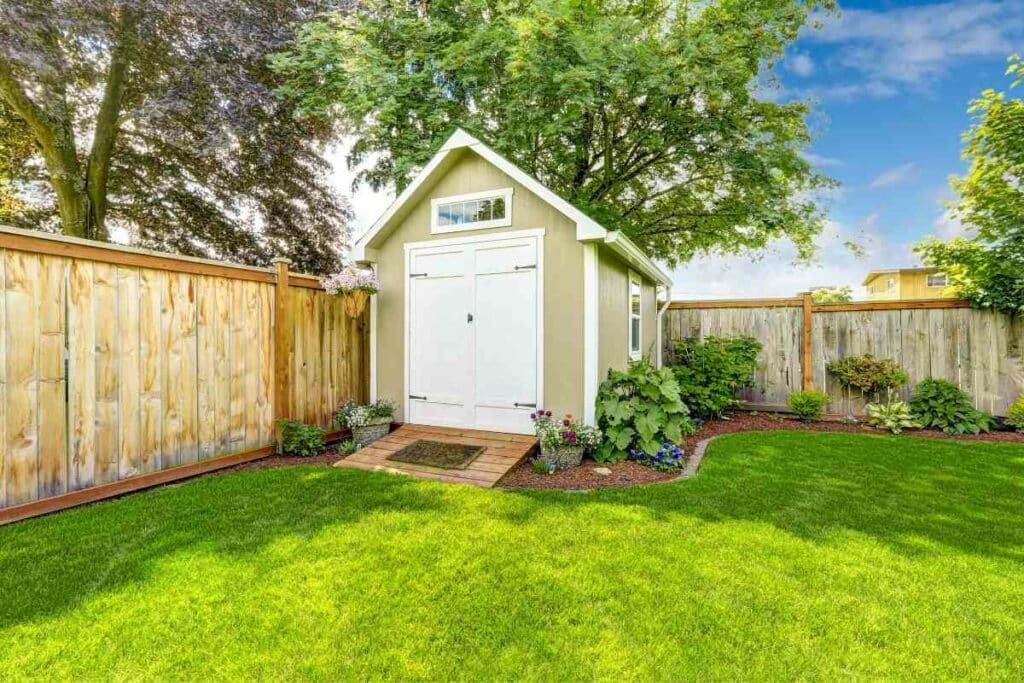
Zoning laws and regulations can make or break your plans to live in a shed or cabin on your land, in fact in some neighborhoods, they determine whether you can even have a shed in the first place!
These rules span the use of private property in residential, commercial, and agricultural areas and prescribe the type of buildings you can have on your land.
Your backyard shed would be an accessory dwelling units
A livable shed or tiny home is treated as an accessory dwelling unit (ADU) or detached living uni.
Individual rules specify what makes your shed a dwelling rather than storage or a home office. Sometimes all it takes is the installation of an oven or bathroom facilities.
You’ll need planning permission to habitually use a shed as a home
You may be able to get away with on-off stays in your backyard shed, but if you intend to use it as a full-time dwelling you’re going to come under the scrutiny of the authorities.
In some ways, this is for your own good, because a basic shed straight out of the box is not suitable for human habitation.
Places that are used as dwellings have to meet certain building regulations and standards covering critical safety aspects like insulation, ventilation, and fire safety.
If a dwelling does not meet these standards and specifications it is likely to be a hazard to human health and public safety.
Building regulations are especially important if your shed in in a neighborhood with a high population density.
- Energy efficiency
- Foundations
- Drainage
- Gas/electricity
- Means of escape
- Wind load design
- Snow load design
- Location – is the shed in an earthquake, hurricane, or flood zone?
Talk to the authorities
Get advice and guidance by contacting your local planning department.
They can help you navigate your local building rules.
Planning officers can review plans or architectural drawings you have of your shed home and advise you on how you can make it workable.
You may also have to pay additional taxes if you live in your shed
It depends on your state and locality’s property taxes, but you may have to pay property taxes on the dwelling in your yard.
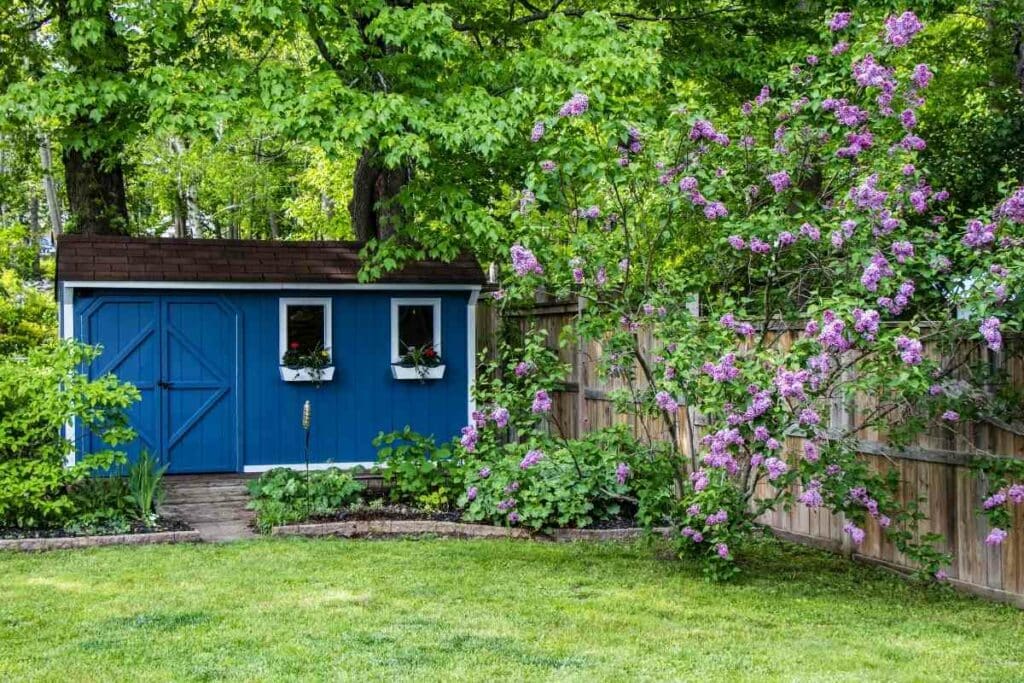
States like Texas and Florida require property taxes on even mobile homes and RVs that are parked up for a while, so be prepared to pay tax on your additional livable square footage.
Making a Shed a Home
Let’s be real.
Living up in a cheap uninsulated wooden shed is a fast way to develop serious health problems.
Most people who make a shed a home convert the shed with insulation and other fittings or replace the shed with a tiny house.
Here are some tips for creating a mini-palace in your backyard.
Look for a great pre-fab shed you can adapt
In recent times, shed builders have had one eye on the tiny home market so its easy to find a roomy shed, log cabin or garden office that could, with tweaks, become a home.
Buying a pre-fab shed also takes the pressure of your building skills and usually saves you cash.
Lay a sure foundation
With a shell of a dwelling, you’ll need to upgrade it by creating proper foundations.
Without foundations, the dwelling can subside.
Pour a concrete slab or lay gravel and hardcore so the shed rests on a stable, level surface.
Get professional help with utilities
Most people will need professional assistance with installing the sewerage, water supply, and power that the shed will need to become habitable.
Getting the right contractors in early can help you get the project past planning and ensure the longevity of the build.

Pros like electricians will give you insights on the number of power outlets you’ll need an adequate load to run the appliances you use daily.
Drainage is a must
Don’t make drainage an afterthought as if water runs off the roof into your concrete slab, your foundations could be wrecked.
Make sure you put up gutters and direct all surface water away from the shed.
Plan your bathroom options early on
This all depends on whether the shed is a stand-alone home, or additional living space while you use the amenities of your house.
Putting a bathroom in your shed makes the home much more comfortable, but you will need to ensure you have the sewerage and ventilation in place.
However, you may also want to consider low-fi options like an RV-style bathroom with a shower and toilet together or even a composting toilet!
Customize the shed structure
Creating a livable interior requires insulation and framing boards to create the rooms you need.
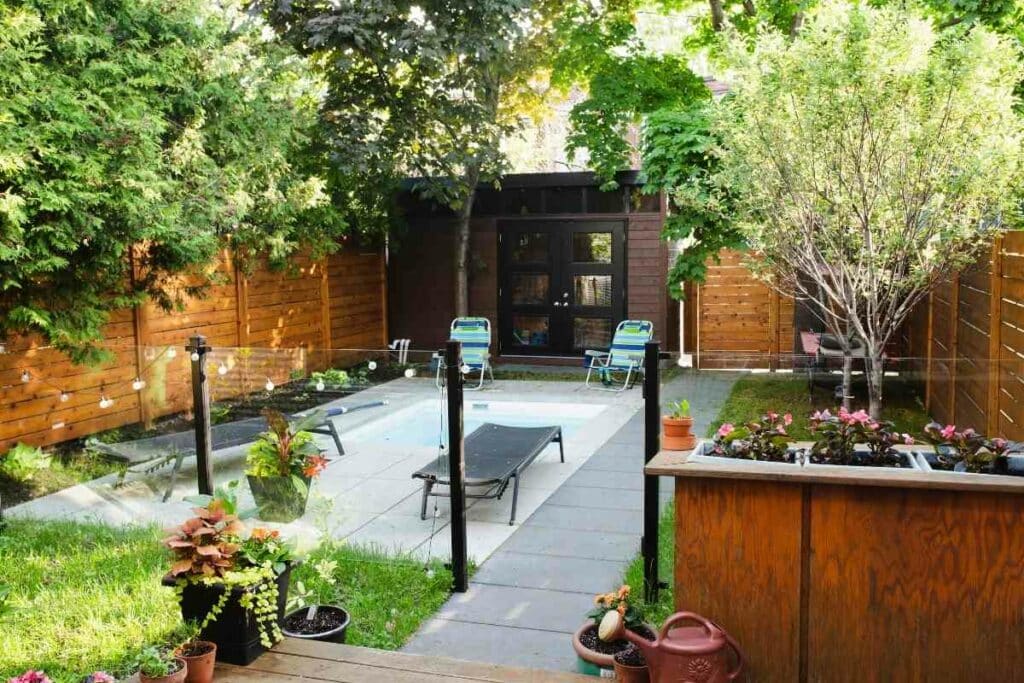
You will also need cavity space for wiring, plumbing, wall boxes, and light fixtures.
A crawl space under the shed is also a good idea to provide access and prevent the base from rotting.
Seal, seal and seal again!
You should seal all the seams and gaps between wood panels with heavy-duty silicone caulk.
This includes the underside of the shed. The more effort you put into sealing the shed the better insulated it will be and the warmer you’ll be when you live in it.
Insulate your floor for added warmth and fill any gaps with quality spray foam insulation.
Lay a Subfloor
You’ll be glad you did this in the winter!
Insulate your floor with foam board and a layer of subflooring to keep warm. You may even want to install underfloor heating for added comfort.
Be creative with your decoration
With all the basics in place, you’ve basically created a tiny home.
Get inspiration online for living in a compact space and try some ingenious solutions for storage, sleeping arrangements, and practical living spaces.
Take a look at this amazing shed-to-house conversion
If you want to get an idea of what making a shed livable involves, here is a great shed-to-house conversion which shares the key steps for making a shed a home:
How much does it cost to make a backyard shed livable?
Unless you are an expert thrifter with multi-trade construction skills, your shed conversions is going to set you back some.
Converting a backyard shed into a home can cost anything from $1500 to $40,000 or more.
Costs go beyond the price of the shed and include:
| Item | Cost ($) |
|---|---|
| Shed | 3K to 10K |
| Insulation | 500 to 1K |
| Windows | Up to 6K |
| Electrics | 750 to 3K |
| Toilet | Up to 800 |
| HVAC | Up to 2K |
| Water heating | Up to 1K |
| Flooring | 1K to 2K |
| Interior walls | Up to 1.5K |
| Fixtures and fittings | 1K to 5K |
| Interior finishes | 500 to 1.5 K |
| Appliances | Up to 2K |
| Paint | 500 |
There are also a variety of companies that specialize in erecting turnkey tiny home and shed conversions.
Some are flat packs and others are designed to your specifications and built on your land.
Depending on the size, specifications, and amenities you choose, a tiny home could work out cheaper than a self-build shed conversion.
Living in a shed can provide a great quality of life
Shed conversions can create really beautiful, practical homes that are kitted out with all the latest creature comforts and amenities.
If you’re a prepper, creating an off-grid home could be an opportunity to create a self-sufficient dwelling on your land that you and your family can use in emergencies.
Look at what you can achieve with a backyard shed conversion:
Rounding up
As you can see with the right zoning and planning permission you can live in your backyard shed legally.
However, to make a shed truly liveable, and be on the right side of local building regulations, you’re going to have to build or convert an almost entirely new structure.
